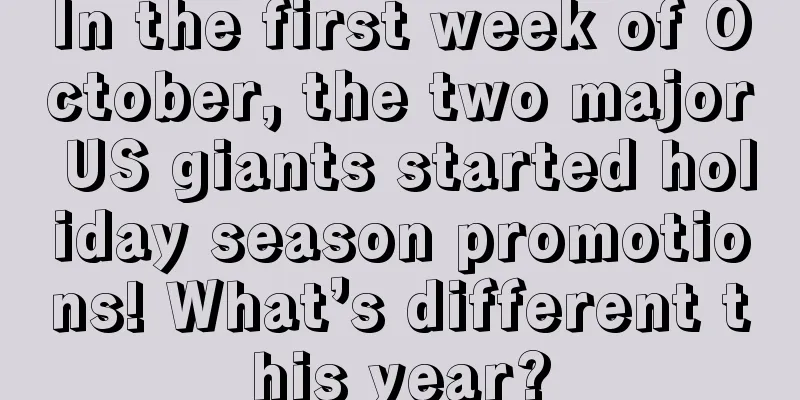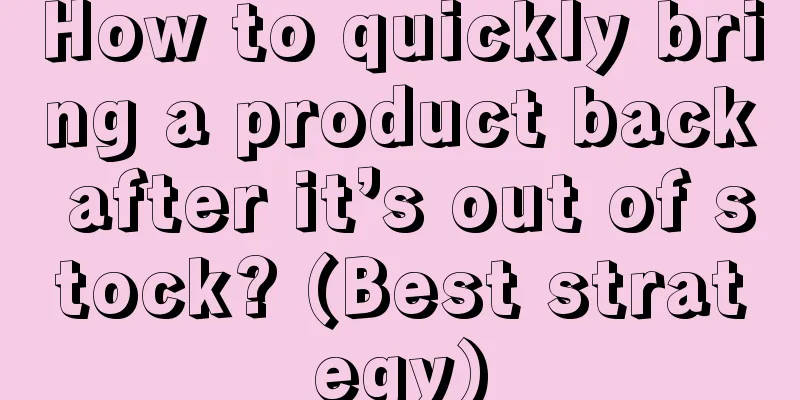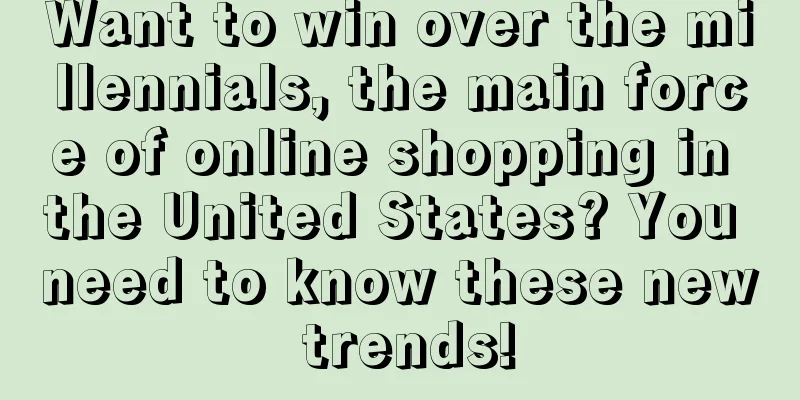China strikes back! Imposing tariffs on some US imports

|
On February 1, 2025, the US government announced a 10% tariff increase on all Chinese goods exported to the US, citing issues such as fentanyl. This unilateral approach seriously violates the rules of the World Trade Organization, and not only does not help solve the US' own problems, but also undermines normal economic and trade cooperation between China and the US. In response, China quickly took countermeasures. The State Council Tariff Commission issued an announcement on February 4, imposing additional tariffs on some imported goods originating from the United States from February 10, 2025. Specific measures include: 1. A 15% tariff will be imposed on coal and liquefied natural gas. List of goods subject to 15% tariff 2. A 10% tariff will be imposed on crude oil, agricultural machinery, large-displacement cars and pickup trucks. List of goods subject to 15% tariff 3. For the imported goods listed in the appendix originating from the United States, corresponding tariffs will be levied on the basis of the current applicable tariff rates. The current bonded and tax reduction and exemption policies remain unchanged, and the additional tariffs will not be reduced or exempted. In addition, China's Ministry of Commerce has included PVH Group and Illumina in the Unreliable Entity List, and has jointly implemented export controls on tungsten, tellurium, bismuth, molybdenum, and indium-related items with the General Administration of Customs. At the same time, China has formally sued the United States in the WTO, demanding that it correct its wrong practices. For cross-border e-commerce, the 10% tariff imposed by the United States on Chinese goods has directly led to an increase in the cost of goods exported from China to the United States. In order to maintain profit margins, cross-border e-commerce sellers may choose to increase the price of goods, but this may lead to a decrease in consumer willingness to buy, especially for price-sensitive product categories. It is worth noting that changes in tariff policies will accelerate the reshuffle of the cross-border e-commerce industry. Sellers with weaker competitiveness may be eliminated, while sellers with brand advantages, supply chain integration capabilities and refined operation capabilities will stand out. Branding will become the key to improving the competitiveness of cross-border e-commerce companies. Through brand building, user stickiness can be enhanced and price competition pressure can be resisted. |
Recommend
Lead content exceeds the limit! CPSC recalls 170 wool sweaters!
The U.S. Consumer Product Safety Commission (CPSC)...
A large number of Amazon sellers have lost a lot of keywords! Bug or algorithm adjustment?
As the year-end sales are approaching, Black Frida...
Listing harvester? Amazon misjudged links in various ways, but made sellers take the blame!
Data shows that by 2025, Amazon's total market...
Wedding fever is coming! Etsy relaunches the Wedding Registry feature!
It is learned that according to foreign media repo...
Demonstrations broke out in the United States! Italy will reopen on May 4th!
0 1 Protests break out across the U.S. According ...
Amazon title tampered with? Teach you how to quickly regain editing rights!
Recently, many sellers have reported that their Am...
Amazon introduces BNPL payments to its B2B business, and Walmart follows suit
It is learned that on November 2, Amazon Business ...
Best Buy's Q1 revenue was $8.85 billion, down 6.5% year-on-year
It is learned that on May 30, Best Buy, an America...
200 million shortfall! Prices have increased sixfold! Mask resellers are already selling helmets
The army of people speculating on masks has not ye...
No orders? You should take a look at this product development idea
About the author : An executive of a cross-border ...
Amazon account registration upgrade! Free long-term storage fees for FBA in 7 countries!
Good news, following the US site, Amazon announced...
What is Uitox? Uitox Review
Uitox was founded in Taiwan in 2012 and has expand...
Peak season logistics is disrupted again! A large-scale strike breaks out at an airport in the United States!
It is learned that according to foreign media repo...
8 practical uses of ChatGPT for Amazon sellers (with ChatGPT registration tutorial)
The chatbot ChatGPT continues to be popular. In Ja...
Amazon launches new features! Sellers' costs increase by 3%?
Recently, Amazon announced the launch of a new fe...









